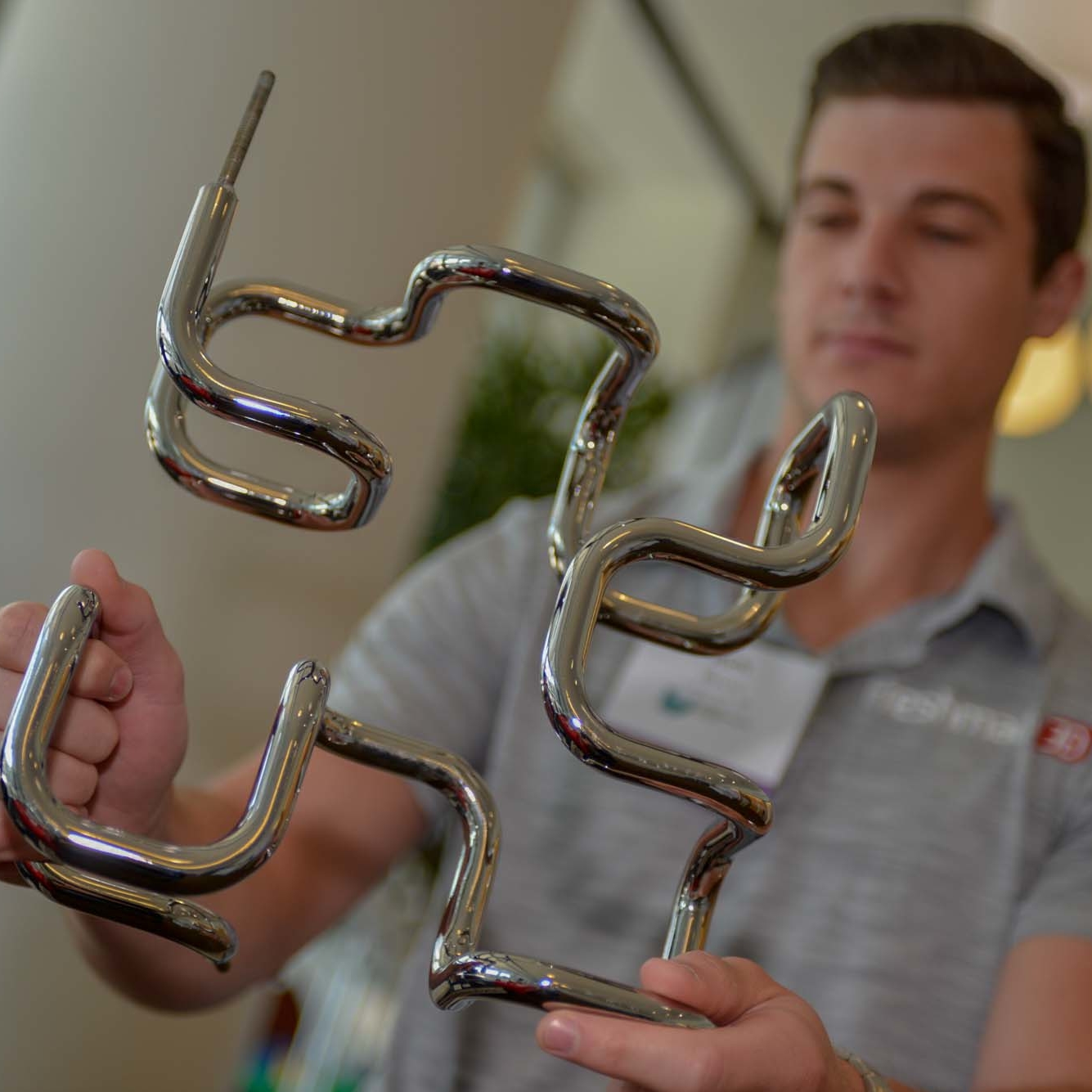The Additive Manufacturing Cluster of Ohio is dedicated to helping companies in Ohio accelerate the use and adoption of 3D printing technologies.
YBI AM Cluster of Ohio
The cluster began in 2016 as a study in partnership with the Youngstown Business Incubator, Team NEO, MAGNET, America Makes, and the Fund for Our Economic Future. The study identified the additive manufacturing landscape, market opportunities, and a competitive analysis benchmarking Northeast Ohio against other regions.
Cluster Objectives
- Ongoing AM research and development
- Generating new industry applications of AM
- Stimulating regional entrepreneurial activity
- Driving business and economic growth



